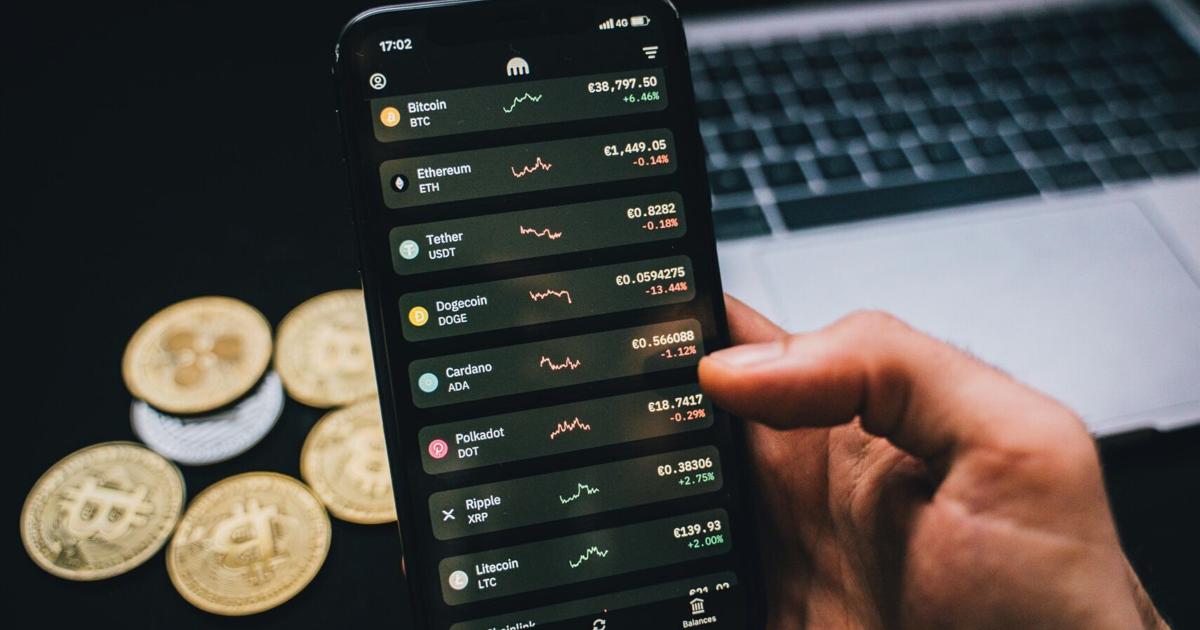Perhaps, the most dramatic way President Trump has expressed his support for the digital asset industry is by freeing crypto crime lords like Ross Ulbricht. Trump pardoned Ulbricht, the founder of the black market site Silk Road, within his first few days in office, stating on Truth Social, “The scum that worked to convict him were some of the same lunatics who were involved in the modern-day weaponization of government against me.” Ulbricht had been sentenced to life in federal prison in 2015 after being convicted of facilitating the sale of more than $200 million in illicit drugs using crypto through his website.
Now, Trump is releasing another imprisoned crypto criminal, Alexander Vinnik, using it as leverage to negotiate the end of Russia’s war with Ukraine. The U.S. said it will free the operator of the defunct Bitcoin exchange BTC-e in a prisoner swap with Russia.
Who is Alexander Vinnik?
Vinnik is a 45-year-old Russian national and IT specialist. He became a target of U.S. law enforcement for his involvement in operating BTC-e, a bitcoin trading platform that the Justice Department claims was one of the primary ways cyber criminals “transferred, laundered, and stored the criminal proceeds of their illegal activities.” He is also accused of being one of the hackers behind the 2014 collapse of Mt. Gox, stealing as much as 80,000 Bitcoins from one of the largest crypto exchanges at the time.
What was he charged with?
Vinnik was originally arrested in 2017 in a beachside town in Greece at the request of the U.S., which alleged that he was responsible for aiding cyber criminals in laundering $4 billion between 2011 and 2017 using Bitcoin and other cryptocurrencies. In 2020, he was extradited to France, where he was convicted and sentenced to 5 years in prison for money laundering. In 2022, he was finally brought to the U.S. where he was charged with conspiracy to commit money laundering. Last year, Vinnik pleaded guilty to those charges and faced up to 20 years in prison.
What was BTC-e and what was it used for?
BTC-e was created in 2011 as a means to trade Bitcoin against the U.S. dollar or other digital currencies. It was known for its lax anti-money laundering and know-your-customer rules and quickly became one of the largest and most widely-used crypto exchanges. The platform served over a million customers worldwide and helped facilitate computer intrusions, hacking incidents, ransomware attacks, identity theft schemes, corrupt public officials, and narcotics distribution rings. The U.S. government shut down the website in 2017 after Vinnik was arrested and seized the exchange’s assets.
What did the U.S. get in return for releasing Vinnik?
The U.S. traded Vinnik for American school teacher Marc Fogel, who had been detained in Russia since 2021 and sentenced to 14 years in prison on charges related to marijuana. This trade comes as Trump tries to set the stage for further negotiations with Russia, signaling that “we are moving in the right direction to end the brutal and terrible war in Ukraine.”









Comments
Join Our Community
Sign up to share your thoughts, engage with others, and become part of our growing community.
No comments yet
Be the first to share your thoughts and start the conversation!